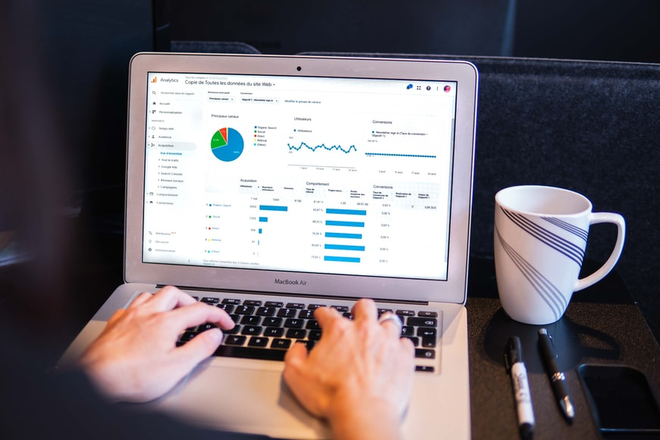
Good prices and stable incomes? With a good pricing strategy, it is possible!
In this article, we will check two important topics, that help to develop the ideal pricing strategy and increase the income of your webshop: competition monitoring and psychological pricing.
Monitor your competitors and catch their pricing errors!
Monitoring the competition is a vital part of developing good prices. First of all, you need to check the prices of your competitors, but you also need to study the following elements in order to get a wide picture:
- Who are your most important competitors,
- How is their product portfolio,
- What are their strengths and weaknesses,
- What kind of marketing activities are they doing etc.
Also check:
- how they perform on Google searches for specific keywords (such as product or category names), also consider Shopping Ads at the top of the page (including prices);
- read how they communicate about themselves on their website, downloadable materials, social channels, etc.;
- study their webshop, their purchasing process, their blog, their conversion tools with a user's eye (UX);
- Gather consumer value propositions by what they focus on (e.g. quality, speed, exclusive offers);
- check customer reviews, areas where there is positive or negative feedback.
After the evaluation, you will see what place your own business could occupy in the market that offers the best growth and profit potential. You can plan in which direction you want to position your brand, what market niche you want to fill, what real demand you can satisfy, and what tools, activity, and value proposition you want to achieve. Your pricing strategy will be integral to this.
Price analysis of competitors
It is quite a big task to check all your competitors’ prices and pricing strategies, but it can be a huge advantage if you are up-to-date regarding these data. Some will want to be the cheapest on the market, some will offer a premium price but with some free service or with a 24-hour delivery policy.
It is useful to check, how conscious are their pricing approach. The following questions could be helpful for this:
- Are they aggressively advertising at low prices?
- Do they often change their prices?
- Are they constantly or barely offering discounts?
- Are their prices misleading?
Pay attention to the lowest prices on the market (including the discounts), and also to the highest ones, also check the average prices to be able to know your chances of movement. PriceKit, the price tracking and price automation solution, which monitors the prices of the specified competitors up to date and provides you with the latest price information in an instant, will be a great help in this.
Psychological pricing
We are human, so we are indeed affected by emotional “tricks”. Psychological pricing can be an integral part of your pricing strategy - there are many forms you can use to further increase your sales, plus it often costs minimal extra work.
Psychological pricing is basically about going below a certain psychological limit with the price, typically below a round number, which we accept much better and which we prefer to buy (e.g. we show 19 EUR instead of 20 EUR). Extending this principle further, we are talking about the psychological or emotional aspects that make prices more acceptable, more attractive to consumers.
In connection with this, we can apply the following tactics:
1. Deadline shopping: shoppers don’t like to miss out on good deals, they’re afraid to miss something, so here, the basic emotion to induce a purchase is fear - “Only today, 50% cheaper!”
2. That magic of the 9: it does matter if it's 9 EUR or 10 EUR; several studies have shown that prices ending at 9 results in more purchases; the psychological background of this is that since we read from left to right, the first digit has a greater effect on us, so we “feel” the price of the 19 EUR product closer to 10 EUR than 20 EUR; however, research has also revealed that premium products, on the other hand, are worth giving round prices because prices ending in 9 are already associated with a feeling of cheapness.
3. The power of comparison: show two similar products next to each other, but one should be much more attractive, lower in price - this is the one that they will buy; according to a classic case study by the Wall Street Journal, when a company launched a toaster for $ 275, no one wanted to buy it, but when they put a just slightly better toaster at $ 415 next to it, shoppers were convinced that they made a very good deal - they got an almost premium product much cheaper

